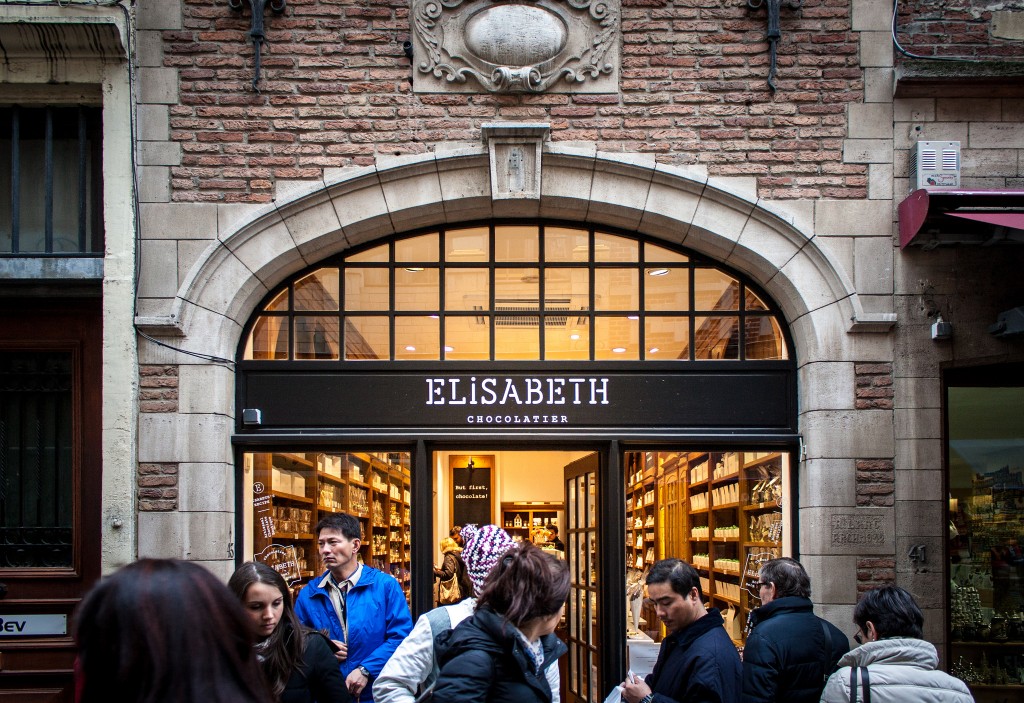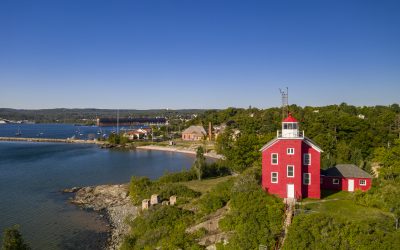In 2015, the Skift travel magazine declared “The Rise of the Boutique Destination” as a trend to watch. This mirrors the message put forth by urban expert Richard Florida, author of “The Rise of the Creative Class”. Florida has predicted the rise of the distinctive city and the people that support its identity, saying, “How people think of a place is less tangible, but more important than just about anything else.”
The idea of boutique is percolating in the tourism space. In a globalized world, destinations feel they must avoid becoming homogenous places lacking a unique identity.
What is a boutique destination?
The term boutique comes from finance; a boutique bank is one that specializes in one aspect of investment banking. The word is now commonly used to describe a business strategy that provides specialized services for a particular segment of the market.
In travel, boutique often refers to a product like a hotel that is small and focused on a specific clientele – not necessarily expensive, but tailored to a niche.
For destinations, boutique means distinct or specialized. A boutique destination is a place that actively articulates its distinct character. It isn’t trying to be everything to everyone, but instead focuses on the experiences and the stories surrounding what it can do best.
Tourism specialization is increasing across cities, continents, and the world
The trend toward boutique is becoming more important. It has been validated again this year by the European Travel Commission, which produced a competitiveness study of the EU market. The study identifies the breakthrough of boutique destinations as one of the predicted trends for the coming years in Europe.
Estonia (population: 1.3 million) is a splendid example of a boutique destination; its focus on e-Estonia brings colour to the stories it can tell as nation where Skype was born and “internet access is a human right.”
Cities are also making themselves distinct in many places, as Richard Florida predicted. Tel Aviv and Eindhoven have a similar emphasis on technology, while Helsinki focuses on design. Antwerp leads with fashion & diamonds. Lyon is the height of haute cuisine. Riga offers art nouveau architecture. Places like Sarajevo, Belfast, and Bucharest are set to develop the stories of their recent heritage and local conflicts into their own historical identities.
Boutique strategy can also be found within neighbourhoods. For example, Amsterdam Marketing is now promoting surrounding areas like Haarlem, Ijmuiden (rebranded as Amsterdam Castle) and Zandvoort (Amsterdam Beach) in an attempt to distribute visitation beyond the city’s core. Similarly in New York City, word-of-mouth trends tell us that visitation is spreading beyond Manhattan to Brooklyn and Queens as the outlying boroughs are promoted as the places to be.
This also reflects larger changes in travel across Europe. European tourism is still growing in volume, but there is an internal shift from the traditional mass tourism destinations to more niche destinations. Geographically, this means a shift in visitation from west to east and from south to north. The nautical tourism boom on some Mediterranean islands is an attempt to respond to this trend with a boutique strategy focused on yachting (with the support of local governments).
You might argue that the same thing is happening on a global scale. The New Yorks, Tokyos, and Sydneys of the world already attract plenty of visitors, but the second- or third-tier cities are seeking their fair share. These smaller places know they need to become known by going niche, because it is better to be a big fish in a small pond than one in the open ocean.
Boutique implications for destination marketing
1. Going niche in a globalized world allows a destination to attract visitors from faraway markets. Passionate tourism means more long haul visitors that are willing to spend more money during their trip. The economic impact per visitor can increase dramatically. For example, the Tour of Flanders cycling race in Belgium attracts amateur cyclists from as far away as Japan. For these guests, the bucket list experience of following the same course as the cycling pros is too attractive to pass up.
2. Destinations with a boutique strategy need to become better known to their niches. To solve this problem, these destination marketers often go the extra mile to manage word of mouth. Content marketing and influencer campaigns are often used here (see Restaurant Australia’s celebrity chefs for just one example).
3. Your destination can’t separate development from promotion. With a boutique strategy, you need to walk your talk with a holistic approach that includes all branding and marketing activities. Since a brand is the sum of all stories that are told by and about your destination, the experiences you provide must match your words.
Related reading: Why destination marketers need to understand place DNA
Are you developing your brand strategy? Destination Think has helped many destinations as a unique partner through workshops and consultation. To learn how to identify your place DNA and refine your destination’s brand, contact us today.
Featured image credit: Paolo Trabattoni, Flickr










Being involved in a branding process of Israel’s southern desert, the Negev,
I wonder if branding a desert will be considered as a Boutique Destination in the eyes
of the author of this challenging write-up ?